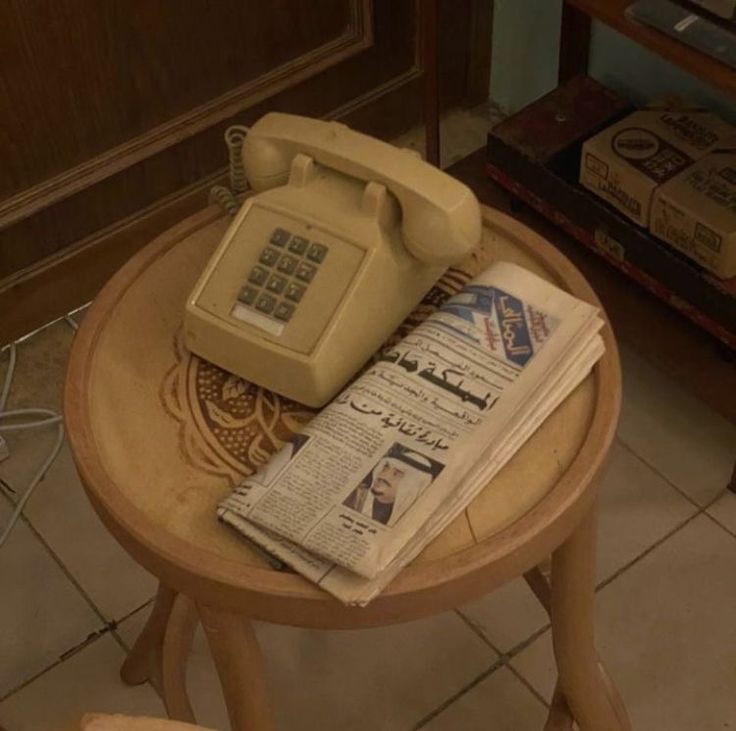When Silence Became News: Turning on the TV for the hourly news headlines is a ritual that exists in every household across Pakistan. The old and the young huddle into groups, glued to their screens as headlines speed through topics that are both devastating and entertaining. These headlines are a last refuge for many people to feel connected to the world. It is a way for most families to feign a detached sense of interest in the events happening within and outside of the border.
Most of the time, the headlines often played alongside the usual sounds of home: kids playing in a corner, the kitchen steaming with hot air, someone’s grandfather mumbling to himself as he rocks back and forth in his seat, and maybe even a mother cutting up vegetables in front of the TV, trying to work but also find some time for herself. But there was one man who knew how to reel in his audience and force them to confront every word being displayed on the screen. His name was Mr. Riaz, and his voice held a powerful command over the masses. His words were smooth and precise. His Urdu was precise and delicate. He looked like a kind man with soft eyes behind old-fashioned spectacles, but his voice could send chills down your spine. He was known as the purveyor of truth.

When Silence Became News
Mr. Riaz was always at the forefront of communication because he truly believed in getting the word out. If two countries exchanged a heated skirmish, then you could bet that Mr. Riaz was diligently sharing every possible piece of the puzzle. If a minority group was being silenced and oppressed, then Mr. Riaz’s voice would break through the shackles and impose itself in the hearts and minds of his listeners. Many journalists and news reporters were often scared of speaking out, but Mr. Riaz seemed fearless. In a country where words can wrap around a person’s throat and strangle them into submission, Mr. Riaz remained steadfast in his duty to say it all. The man was not afraid of anyone or anything. This is why when Mr. Riaz read the headlines for the 9 PM news, people listened, and they gathered around the television like it was a sacred, primal fire.
The day was just like any other, and my family anxiously waited for Mr. Riaz to share his wealth of information. The clock struck 9, and the obnoxious music of the headlines started to ring out throughout the entire room. Anticipation was high, breaths were drawn, and everyone was on the edge of their seat. Mr. Riaz appeared on the screen. He shuffled through his papers as if gathering his thoughts. And then he folded his hands on the table, assuming a powerful and authoritative pose. We were all waiting for the usual salaam in the familiar baritone voice, but nothing happened.
Silence filled the air, our hearts, and minds. Mr. Riaz looked determined, but the beads of sweat on his face felt like cracks in his facade. We were all left confused, and I remember my father thinking the television was stuck. But Mr. Riaz’s occasional blinking dispelled that theory. No one had any idea what was going on as Mr. Riaz just kept on staring at us. We stared back, but it was a losing fight. It was clear this man was not going to be saying anything. Usually, the news is filled with people who say a lot of words but they might as well not be saying anything. However, even Mr. Riaz’s silence said a lot and soon it would infiltrate every thought, every discourse and every piece of information.
As time went on, we thought maybe the studio had a miscommunication with Mr. Riaz, and he was trying to maintain a professional composure. But the longer we waited, the longer Mr. Riaz’s still image settled in our souls. After some time, the channel was changed, and my family tried to move on, but we had no idea that Mr. Riaz would turn into an absurd sensation. The next day, Mr. Riaz’s silence was talked about on every news channel. The man was still glued in his position, unmoving, expressionless, but somehow still human. Surely the studio would have cut off the feed by now? But for some reason, Mr. Riaz was never isolated from his growing audience. When we flipped through the channels, Mr. Riaz’s face was plastered on all of them, but only one was truly silent. This stunt hijacked the local news and online discourse, spreading like a parasite that was feeding on its silent host.
In a few days, Mr. Riaz and his silent existence were like a prayer on every tongue. People continued to speculate on the reason for this bizarre behaviour. The theories morphed into absurd statements that smeared Mr. Riaz. Some people thought he was possessed by a Jinn. Others were convinced that Mr. Riaz was an agent trying to brainwash people into submission. People fought online, they exchanged words and ideas that were all rooted in the silence of one man. It didn’t take long for the studio to become massive, despite not offering any form of answer for this intrusion in our daily lives. People even started their livestreams on the channel, which garnered thousands of views. This spoke to an audience that would rather watch a livestream of Mr. Riaz than his actual face on the news.
Profit became the main goal, and instead of trying to understand what was happening to Mr. Riaz, everyone wanted to exploit the situation. Several news channels tried to start their own silent trend. Their reporters would remain silent for a few minutes but then break character, their laughter grim and sharp. No one wanted to report the real news, and it didn’t take long for us to become disconnected from the outside world. We had no idea what was going on. Our land and the outside world felt distant and strange. I remember seeing smoke rising from a nearby building, and I wanted to check the news for any alarming headlines, but it was all filled with Mr. Riaz’s haunting face. His silence was amusing at first, but it became a watchful gaze that ensured no real news would ever reach us.
After a few months, the government erected a large screen near a historic monument where Mr. Riaz’s face was displayed day and night. The site that was once a symbol of patriotic glory and strength was now also home to the grim face of Mr. Riaz. He looked tired and lifeless, but his presence loomed over the city like a dark cloud. Every day, children played innocent games under Mr. Riaz’s gaze, and the locals would find shade in his presence. No one even glanced in his direction, but the giant screen was the new monument of nationalistic pride. It was a symbol of a nation that can move on a little too easily.
The mystery of Mr. Riaz’s silence was slowly losing steam, but it became a mainstay on most channels. A lot of talk shows introduced a “silent” segment where reporters would try to stay silent while snakes, cats, birds and other creatures were placed on top of them. It was clear that Mr. Riaz’s stunt had given birth to hundreds of cheap copies and trends that quickly overtook the original.
Mr. Riaz is still live on the channel, completely unmoving, silent, exhausted and pristine in his determination. I remember turning on the TV late one night and flicking through the channels until my eyes met Mr. Riaz’s long gaze. They say if you stare at the abyss, the abyss stares back. And I swear I caught a slight smirk forming at the edges of Mr. Riaz’s mouth. I still don’t understand why such a talented man would silence himself. Why would the voice of reason stifle itself into oblivion? Maybe Mr. Riaz knew that his words were better off left unsaid because they reached only deaf ears.













